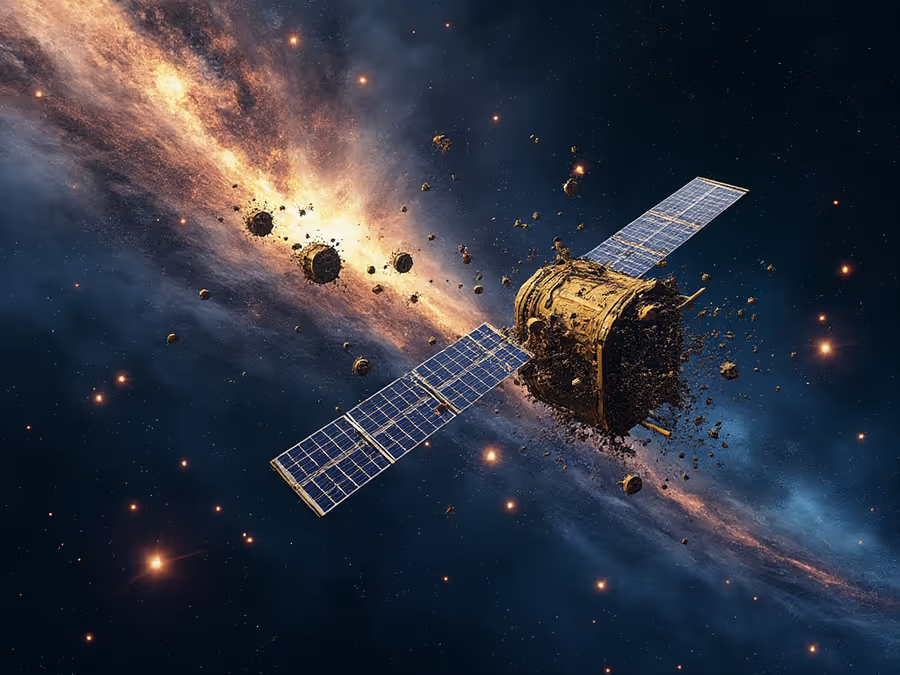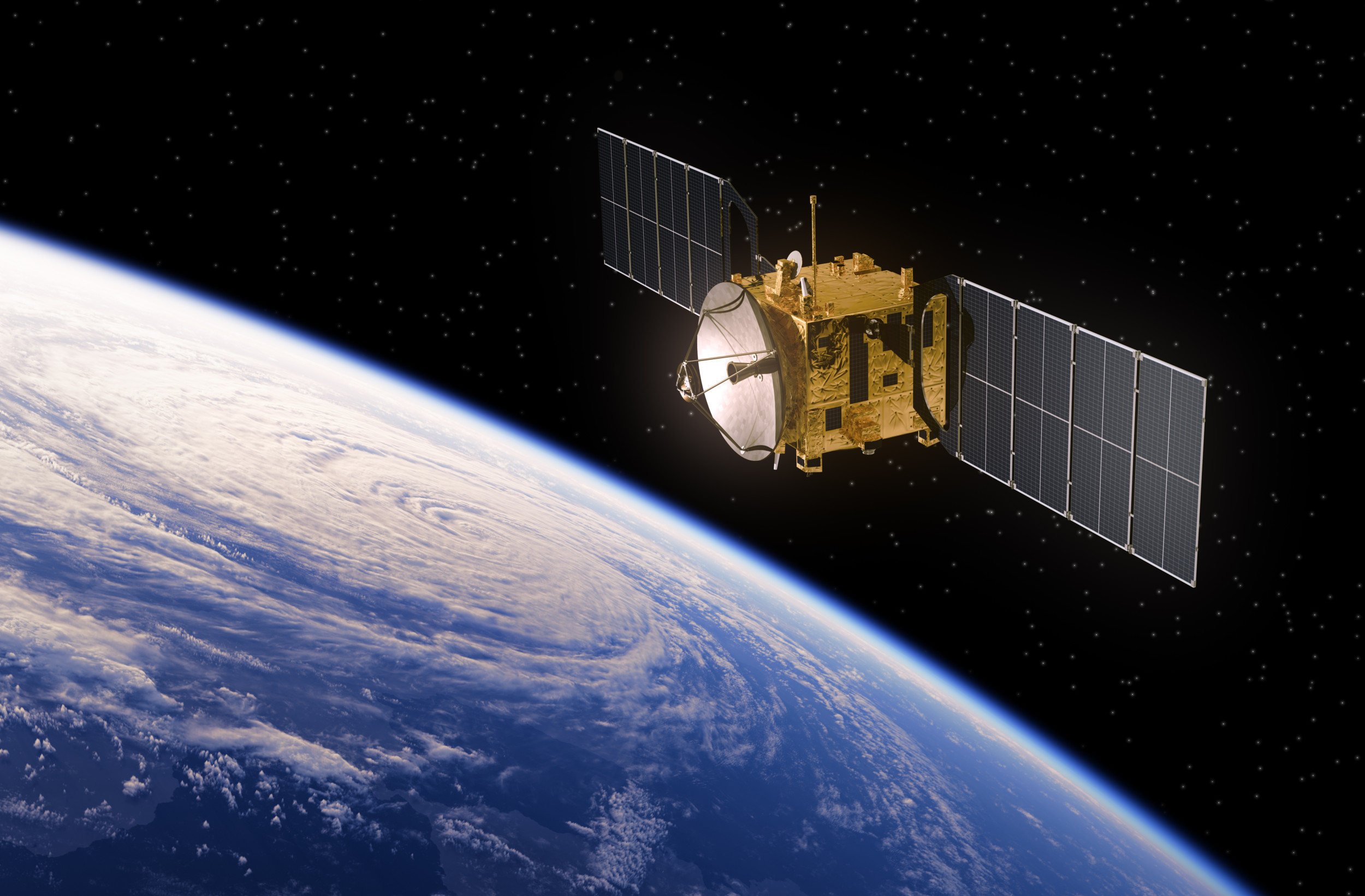On October 19, 2024, the Boeing-made communications satellite Intelsat 33e, which had been in orbit since 2016, experienced a catastrophic failure and was declared a total loss. This marks a significant event in the satellite industry, as another Boeing satellite failure raises questions about satellite manufacturing reliability.
The satellite, initially designed to provide communications across Europe, Asia, and Africa, faced propulsion issues soon after its launch, which compromised its expected lifespan. The incident not only adds pressure on Boeing, already dealing with other challenges, but also highlights concerns over space debris and the sustainability of space operations.
The Anomaly and Immediate Response
On October 19, 2024, Intelsat, the operator of the Boeing-made 33e satellite, reported that the satellite had stopped functioning due to an anomaly. Just a few days later, Intelsat confirmed the satellite’s total loss.
Intelsat 33e was part of the company’s next-generation satellite series designed to provide communication services over a broad geographical range, including Europe, Asia, and Africa. However, this unexpected failure in orbit marked the end of its already compromised mission.
The satellite had experienced issues before. Shortly after its launch in 2016, it suffered a propulsion failure that delayed its entry into the geostationary orbit. Despite these initial setbacks, the satellite continued to operate until its final demise in 2024.
Read : Sunita Williams and Butch Wilmore Have Only 27 Days of Time to Return to Earth Safely
The satellite’s operational lifespan was already reduced by approximately 3.5 years due to a second propulsion issue in 2017, which significantly impacted its ability to function as intended. This further limited its capacity to meet its projected 15-year lifespan.
Following the satellite’s failure, Intelsat issued a statement confirming that they were working closely with Boeing and relevant government agencies to analyze data and determine the exact cause of the anomaly.
A Failure Review Board was immediately convened to perform a comprehensive analysis, and steps were taken to communicate with affected customers. The company also began migration and service restoration efforts, redirecting services to other satellites within the Intelsat fleet and third-party satellites.
Read : Boeing Furlough Thousands of Employees Amid Machinist Strike
The United States Space Force (USSF) also confirmed the breakup of the Intelsat 33e satellite. According to their statement, they tracked around 20 pieces of debris resulting from the satellite’s disintegration in geostationary orbit.
However, ExoAnalytic Solutions, a satellite-tracking company, reported monitoring as many as 57 fragments, highlighting the complexity of accurately tracking all the debris produced by the breakup.
Space Debris Concerns and Safety Implications
One of the most pressing concerns arising from the breakup of the Intelsat 33e satellite is the creation of space debris. Space debris, or “space junk,” refers to defunct satellites, spent rocket stages, and fragments from disintegrating spacecraft that orbit the Earth. With each satellite failure or collision, this debris accumulates, creating significant risks for both operational satellites and manned space missions.
The breakup of Intelsat 33e, which occurred in geostationary orbit (GEO), presents particular challenges. Geostationary orbit is a valuable region in space, as satellites placed in this orbit remain fixed relative to the Earth’s surface, making them ideal for communications, weather monitoring, and broadcasting purposes.
However, the concentration of satellites in this orbit also means that any debris in this region poses a risk to other satellites, potentially triggering further collisions in a scenario known as the “Kessler Syndrome.”

The United States Space Force is closely monitoring the debris from Intelsat 33e, with routine conjunction assessments being conducted to prevent collisions with other space assets. Although no immediate threats have been identified, the incident serves as a reminder of the ongoing need for robust space traffic management systems.
Space agencies and satellite operators are increasingly focused on developing strategies to mitigate the risks posed by space debris, including the removal of defunct satellites from orbit and improved debris tracking capabilities.
The failure of Intelsat 33e adds to the growing concern about the sustainability of space operations, especially as more and more satellites are launched each year. With the rise of mega-constellations—large networks of satellites aimed at providing global internet coverage—maintaining the long-term viability of orbital space is becoming a critical issue.
The event also highlights the need for international collaboration to address the challenges of space debris and ensure the safety of all space-faring nations.
Boeing’s Struggles and Impact on Reputation
The failure of Intelsat 33e is not an isolated incident for Boeing. In fact, it follows a series of high-profile setbacks for the aerospace giant. Back in 2019, another Boeing-made satellite, Intelsat 29e, was also declared a total loss just three years after its launch. This satellite, like Intelsat 33e, was designed for communication purposes but experienced an unexpected malfunction that rendered it unusable.
These satellite failures come at a time when Boeing is already grappling with other challenges in both its space and aviation divisions. The company’s troubled Starliner mission, intended to transport astronauts to the International Space Station (ISS), has faced repeated delays and technical issues.
Furthermore, Boeing has been dealing with the fallout from the 737 Max crisis, where two fatal crashes led to a global grounding of the aircraft and substantial financial and reputational damage.
For Boeing, the failure of Intelsat 33e further erodes confidence in its satellite manufacturing capabilities. As one of the leading satellite manufacturers in the world, Boeing has a long history of building reliable and technologically advanced spacecraft.
However, the recent string of satellite failures raises questions about the company’s quality control processes and its ability to meet the high standards required for space operations.

The implications for Boeing extend beyond just its relationship with Intelsat. Other satellite operators may now question the reliability of Boeing-built satellites, potentially leading to a loss of future contracts. In an industry where trust and reliability are paramount, even a few high-profile failures can have long-lasting effects on a company’s reputation.
Boeing’s competitors, such as Lockheed Martin and Airbus, may stand to benefit from these setbacks. As satellite operators look to diversify their supplier base, these companies could see an increase in demand for their satellite manufacturing services.
At the same time, Boeing will need to take swift and decisive action to address the issues that have plagued its recent satellite projects if it hopes to regain the trust of its customers and partners.
The breakup of the Intelsat 33e satellite in orbit is a stark reminder of the challenges and risks involved in space operations. As satellite technology advances and the number of objects in space increases, ensuring the safety and sustainability of the space environment becomes ever more critical.
Boeing’s latest satellite failure, combined with its ongoing struggles in both the space and aviation sectors, raises important questions about the company’s future in the satellite industry.
For Intelsat and other satellite operators, the event underscores the need for redundancy and contingency plans to ensure that communications services remain uninterrupted in the event of satellite malfunctions.
While the immediate focus remains on addressing the debris created by the Intelsat 33e breakup, the broader implications for space safety, satellite reliability, and Boeing’s reputation will likely continue to be felt for years to come.
As the space industry grows and evolves, incidents like this serve as important lessons in the importance of thorough testing, robust design, and proactive measures to mitigate risks.

